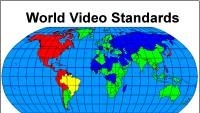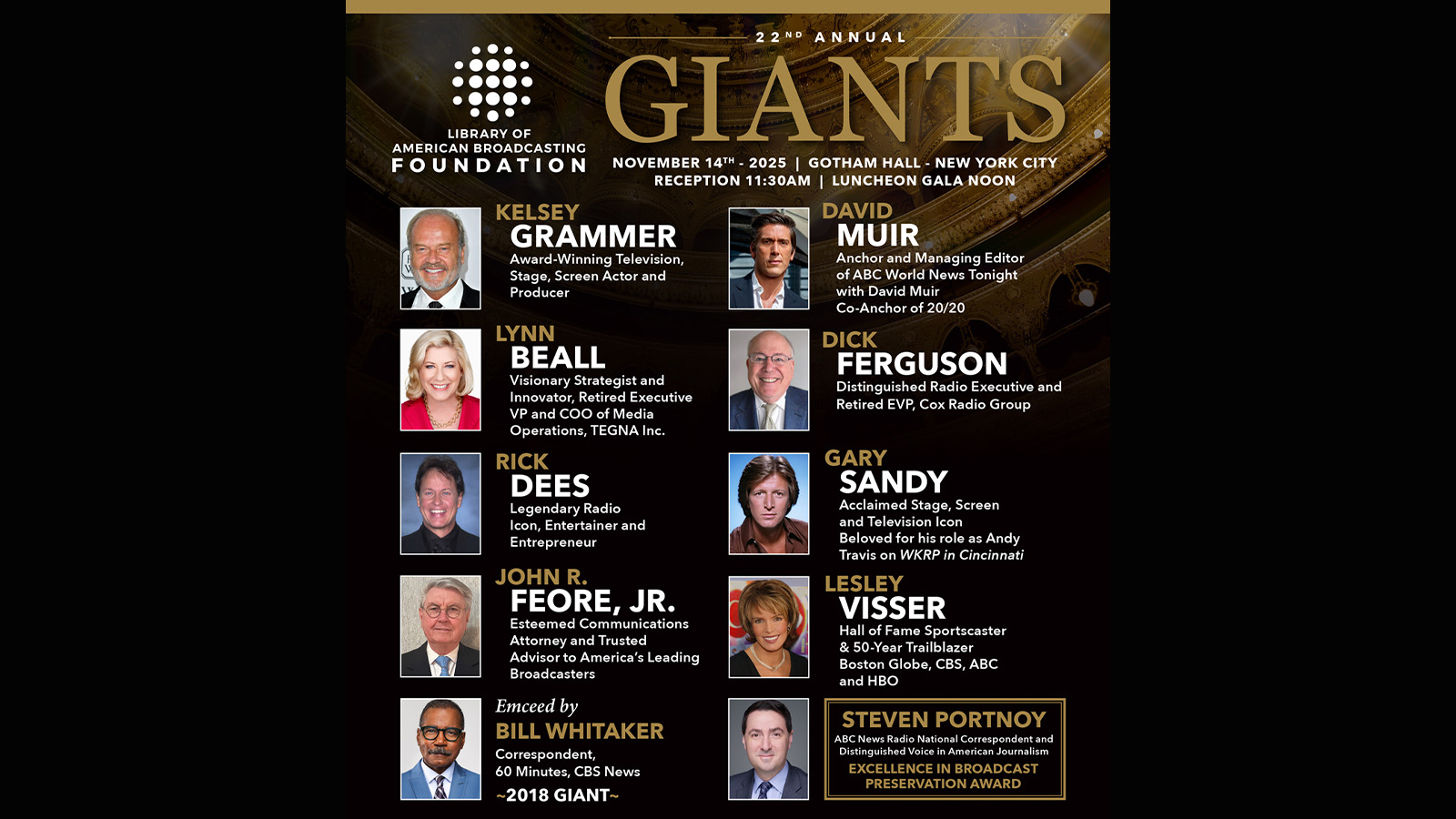Analog (SECAM) transmission ceases in France

The world is one step closer to all-digital over-the-air broadcasting. On Nov. 29, 2011, terrestrial SECAM (or Sequential Color with Memory) broadcasts in France were shut down for the last time, ending a 44-year reign. The analog color TV format was the first standard used in France in 1967.
Many European countries chose the analog PAL (Phase Alternating Line) standard mainly for economic reasons, while SECAM was often a more political decision
In many countries, such as Germany and Norway, PAL broadcasts stopped in 2008, when stations there switched to a digital television system based on the Digital Video Broadcast (DVB) specifications.
“PAL and SECAM are color-encoding standards,” said Mark Schubin, a veteran broadcast engineer and industry historian. “That's why Brazil can use a 525/60 PAL signal and Portugal a 625/25 PAL. There are many PAL variations. The second NTSC was a color-encoding standard, but it was intended to use worldwide (thus the BBC tests); the first NTSC was 525/60. And there was a 625/50 version of NTSC used in Barbados.”
TV set manufacturers in a number of countries sold TV sets that were SECAM/PAL-compatible, minimizing disruptions to consumers living on the border.
“In Berlin, for example, one could watch West German PAL, East German SECAM, or U.S. Armed Forces Radio and Television Service (AFRTS) NTSC without moving an inch,” Schubin said, adding that here were even tri-standard sets on the market for some time.
Several French overseas territories as well as countries in the Middle East and Eastern Europe have already ceased or will soon end SECAM broadcasts as well.
According to several sources, an engineering team led by Henri de France working at Compagnie Française de Télévision (later bought by Thomson, now Technicolor) invented SECAM. The standard was reportedly developed to improve upon the U.S.-developed NTSC (National Television Systems Committee)'s shortcomings.
It is generally acknowledged that SECAM was technically better at transmitting a signal with good color reproduction. While NTSC could introduce hue errors in the signal transport and PAL broadcasts sometimes displayed color saturation errors, SECAM did a good job with both saturation and hue.
“It could be argued, if you cared only about hue and saturation, that SECAM was the best broadcast color encoding standard,” Schubin said, “but it was also the most expensive, the most difficult to maintain, and essentially impossible to edit, which is why even the French used PAL recorders and then transcoded to SECAM for broadcast.”
In the U.S., color NTSC has been broadcast since 1953 (NBC transmitted an NTSC color opera that year) and, although most stations have converted to the ATSC (Advanced Television Systems Committee) digital TV standard for standard- and high-definition broadcasts, some TV translators and low-power stations still use it to this day (57 years and counting).
Going digital brings a lot of advantages in terms of someday developing a worldwide broadcast standard that would be fully compatible from country to country. In November, television engineers and technology executives from 13 broadcast organizations located around the world — including Brazil, Canada, China, Europe, Japan and the U.S. — met to set aside their techno-political differences and began working on a global strategy in an effort to define the requirements of future terrestrial broadcast systems.
“Increasingly, target DTV receiving devices are mobile and handheld, such as phones, laptops and tablets,” said Mark Richer, president of the Advanced Television Systems Committee (ATSC) and co-chairman of the Future of Broadcast TV (FoBTV) Summit in Shanghai, China, adding that a global approach to the future of terrestrial TV broadcasting would help avoid competing standards, overlap, and inefficient deployment of new services. “These devices should work everywhere, regardless of borders.”
Get the TV Tech Newsletter
The professional video industry's #1 source for news, trends and product and tech information. Sign up below.
